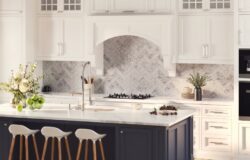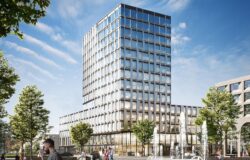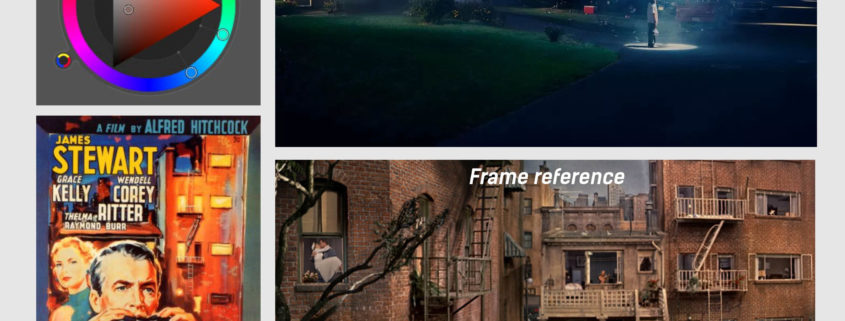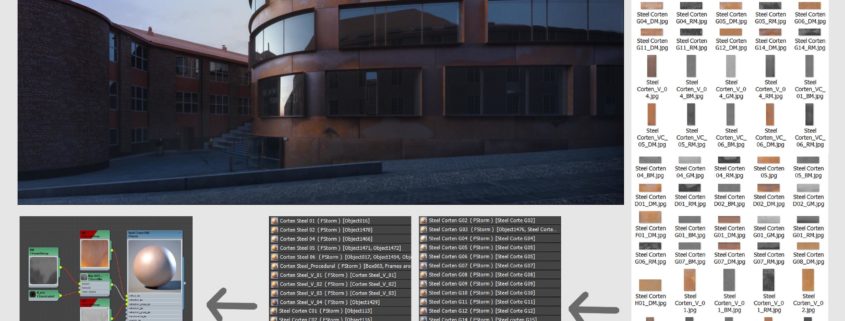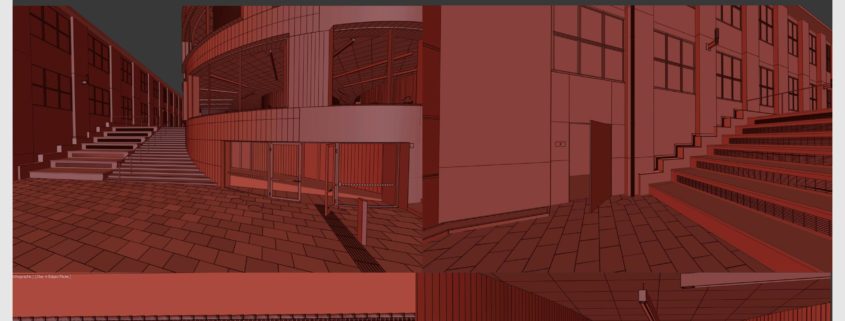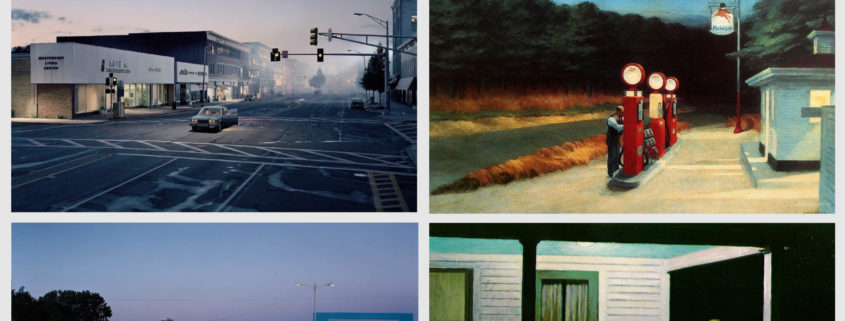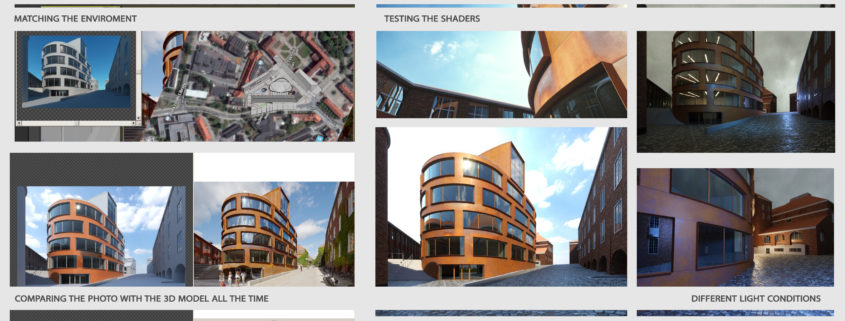Tomorrow Challenge 2018 entry by User-35204214
Since the start I have thought about developing a concept to help me describe a specific moment in time. When I think about my experience as an architecture student, I always remember the moment of presenting a project and how this was the biggest moment of tension. Through this image I want to have as characters, architecture teachers and students. Usually the teacher-student relationship is a complex one, even if teaching has changed a lot through time there is still tension between the two of them. The teacher represents a duality, a person that guides you through your learning process, but it is also someone with more experience that corrects you when you are wrong. In an institution there is a hierarchy and the students look up to their teachers. In addition I thought about these characters and how they are opposites in many occasions. The student is a character that is in need of guidance and that feels judged (Even if he is not) when showing his work or projects.
As I said before, I want the picture to represent a cinematic moment in this specific setting with the characters that I have in mind. I want the moment to capture the tension, duality and opposites of architecture students and teachers, to capture the moment and for being able to represent this, I will use the composition as a tool. The palette that I use will show these two sides of the story by using opposite colors. I chose a split complementary palette because the reddish color of the context and the building was very strong, so I wanted a color variety that would represent my concept. I want the warm colors to represent the students by using the building, and the exterior represents the teachers with the opposite and complementary colors, green and blue.
The frame was chosen because it is worked to a vanishing point that reinforces the scenic moment just like in theater, where the perspective gets lost and the characters can be shown interacting in two axis of the stage (Horizontally and vertically); this allows telling the story with characters, which is generally related to the cinematographic context (in the context of narrative photography) where this resource is used a lot and for this I have thought about the movie Rear window by Alfred Hitchcock. Also, I used a wide frame because it permits to have the feeling of being in a cinematographic format. I wanted to show the characters in specific places to form the scene, the mood is captured through the twilight and how the artificial lights interact with this moment. The lightning is a big part of the mood that I want to accomplish, the artificial lights help to add contrast that allow to understand the interior and outside the building.
My concept for the story is: The students are nervous about what is happening before their eyes and they wonder about what they are talking about.





